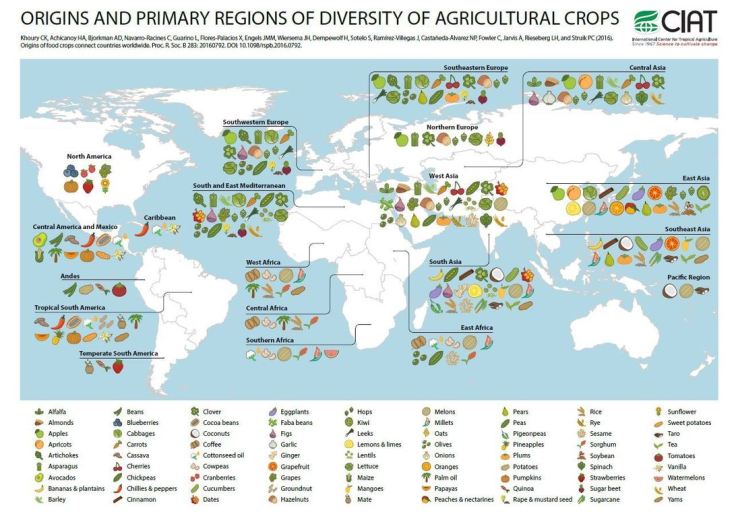Sky-high food prices in the North have led many residents of Iqaluit to turn to Amazon Prime to save on necessities. But is that a sustainable solution?
Source: globalnews.ca
Nunavut is remote…far more remote than most of our students can imagine. They live over 1,000 miles from any city with half a million people. The entire territory is enormous, but sparsely populated with only 36,000 people. Try to image getting commercial goods to such a remote location. The Canadian government has invested heavily to subsidize systems to get food products and other necessities to Nunavut. Still, the transportation costs are so high, and the numbers are so few that economies of scale can’t help this situation.
Enter Amazon Prime in 2005, and the online retail giant began offering free shipping for “Prime” customers for a flat yearly subscription fee (today $99 in the U.S.). This was simply too good to be true for many customers in far-flung settlements in Nunavut. Amazon, probably not anticipating the overwhelming transportation costs associated with a place like Nunavut, in 2015 stopped offering Prime membership for Nunavut customers that do not live in the capital city of Iqaluit. Still, the capital city looks to Amazon Prime more so than the Canadian or territorial government as their lifeline to the global economy. Some even argue that Amazon Prime has done more to improve the standard of living and providing food security for Nunavut residents than the government.
Scoop.it Tags: Canada, distance, indigenous, poverty, development, economic, food, food distribution, density.
WordPress TAGS: Canada, distance, indigenous, poverty, development, economic, food distribution, density.








